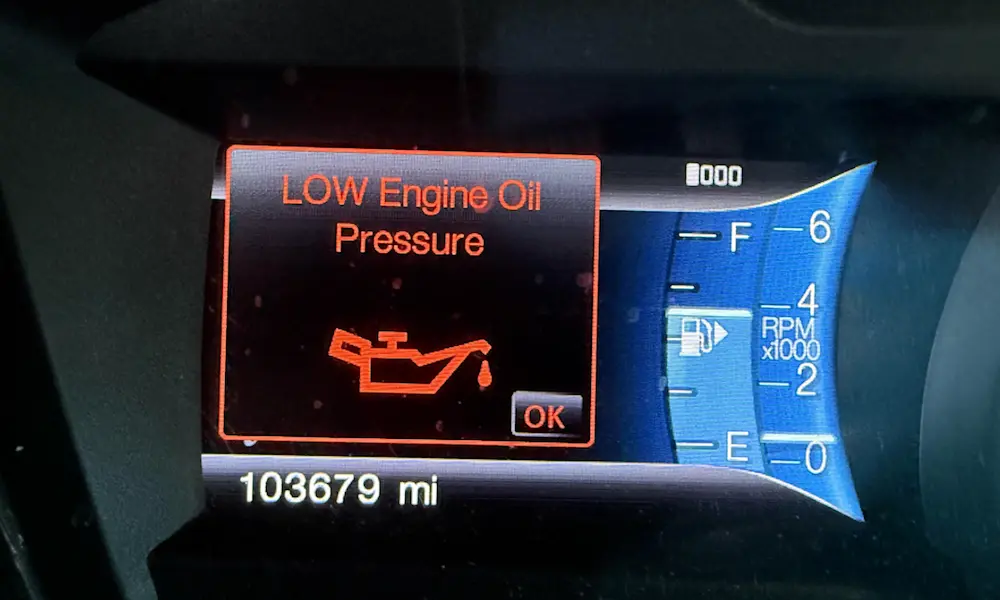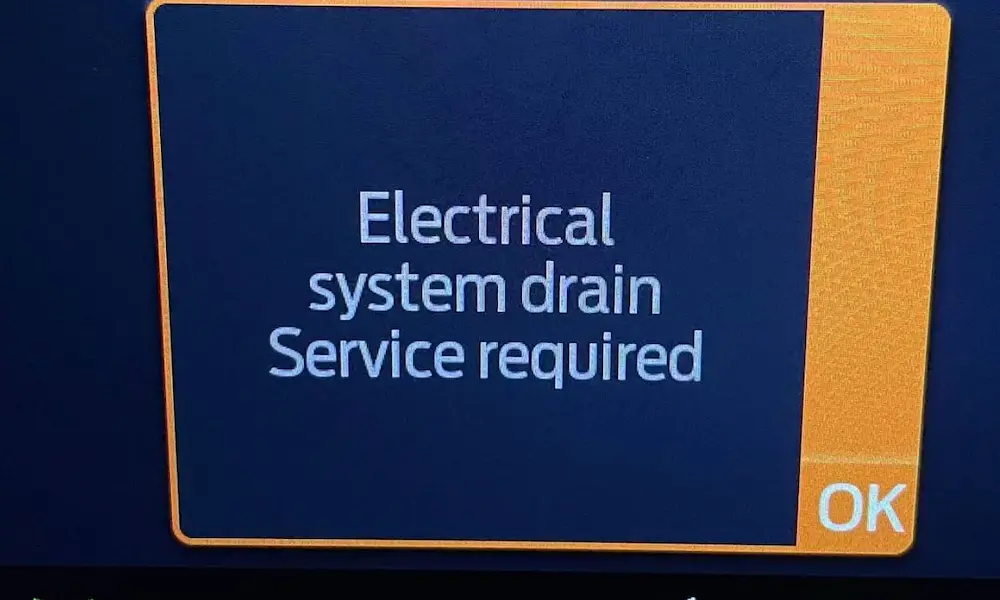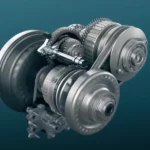If your Ford F-150’s AC isn’t working, you’re not alone. It’s a common issue that many truck owners face. A common cause is low refrigerant levels, which can lead to poor cooling performance. Whether you’re dealing with a complete AC shutdown or just warm air, understanding the potential issues can make a big difference. Dive into the details and discover simple fixes that might get your AC back on track.
Understanding Your F-150’s AC System
Your Ford F-150’s air conditioning system is made up of several key components that work together to keep your ride comfortable. Knowing how these parts function can help you identify and address potential AC issues. Below, you will find a breakdown of these components and how they combine to generate cool air.
Components of the AC System
The air conditioning compressor is crucial because it circulates refrigerant throughout the system. It compresses the refrigerant, increasing its pressure before sending it to the condenser. This process is essential for cooling.
The blower motor pushes air through the AC vents, allowing the cooled air to enter the cabin. If the blower motor fails, you might notice a lack of air circulation.
A blend door actuator regulates the mix of warm and cool air. It ensures that the desired temperature is maintained. If it malfunctions, you may experience inconsistent temperature control.
Issues such as a refrigerant leak can affect the system’s efficiency. Low refrigerant levels can prevent the AC from cooling properly, making it important to check for leaks and refill as needed.
How the AC Generates Cool Air
Your AC system begins with the compressor compressing refrigerant, converting it from a gas to a liquid. This high-pressure refrigerant then flows into the condenser, where it releases heat and returns to a gas.
Next, the refrigerant enters the evaporator. Here, it absorbs heat from the cabin air, cooling it down. The blower motor then sends this cooled air through the AC vents and into the cabin.
The cycle continues as the refrigerant re-enters the compressor, ready to start the process again. Any disruption in this sequence, like a faulty component or low refrigerant, can cause AC issues, affecting your driving comfort.
Common AC Problems in the Ford F-150
Several common problems can affect the air conditioning system in your Ford F-150. These issues can lead to the system blowing warm air or failing to cool properly, often due to refrigerant leaks, electrical issues, faulty fans, or problems with the blend door actuator.
Refrigerant Leaks
A frequent issue in the F-150’s AC system is a refrigerant leak. This can cause the air to not blow cold air as expected. Leaks often occur at connection points, hoses, or the compressor. You might notice oily spots on AC components, which are signs of a leak.
If your system has low refrigerant, it can’t cool the air effectively. To fix this, a technician needs to locate the leak, repair it, and recharge the system with refrigerant. Keeping the refrigerant at the right level ensures that your AC works efficiently and keeps you comfortable on the road.
Electrical Issues
Electrical issues can cause your AC to stop working or only blow warm air. Problems like a blown fuse or a faulty electrical connection might prevent the system from functioning. Using a multimeter can help you test for these problems. Check the fuses in the fuse box and look for loose or damaged wires. If a fuse is blown, replacing it might solve the issue quickly.
However, if the problem lies deeper in the wiring, a more thorough inspection and repair may be needed by a professional. Continuous electrical problems should be addressed promptly to prevent further damage.
Faulty Fans and Motors
Problems with the fan or blower motor can prevent the AC system from blowing cold air. A bad blower motor or fan motor might cause weak airflow. If the motor doesn’t receive enough voltage or if it’s worn out, it may need replacement. The blower motor resistor may also fail, affecting the fan speed.
If your fans are making unusual noises or the airflow seems weak, these parts might be at fault. Ensuring the motors are functional and the resistors are working will help keep the air flowing properly and efficiently.
Problems with the Blend Door Actuator
The blend door actuator controls the mix of warm and cold air that enters the cabin. When it fails, you might experience inconsistent temperatures or the AC blowing warm instead of cold. A faulty actuator can also make clicking noises behind the dashboard.
This problem involves disassembling part of the dash to access and replace the actuator, a task that might require professional help. Ensuring the blend door actuator works correctly ensures that the temperature inside the truck remains as desired, especially during extreme weather conditions.
DIY Troubleshooting and Fixes
When your Ford F150’s AC isn’t working, there are several steps you can take to identify and fix the issue. Check components like the cabin air filter, fuses, and electrical connections. Also, pay attention to parts such as the blower motor resistor and ensure your AC system has enough refrigerant.
Checking and Replacing the Cabin Air Filter
The cabin air filter keeps dust and debris out of your AC system. A clogged filter can block airflow and reduce cooling. To check it, locate the filter housing under the glove compartment. Remove the cover and slide out the old filter. If it looks dirty, replace it with a new one.
Use a filter that fits your model. Be sure to follow the airflow direction indicated on the filter. This simple task can improve your AC’s performance and prolong its life. Check your filter every 12,000 to 15,000 miles or as needed.
Inspecting Fuses and Electrical Connections
If your AC doesn’t turn on, a blown fuse or bad connection could be the culprit. Start by inspecting the fuses related to the AC system. In your Ford F150, these may include Fuse #5, Fuse #22 or #24, and Fuse #105. Check if they’re intact. Replace any damaged ones with the correct amp rating.
Next, examine the electrical connectors. Loose connections may prevent the AC from working properly. Secure any loose connections and clean terminals that appear corroded. Using a multimeter can help verify if there’s consistent voltage, ensuring that power flows where it’s needed.
Replacing the Blower Motor Resistor
The blower motor resistor controls the fan speed for your AC. If the blower fan doesn’t work at all settings, the resistor might need replacement. Locate it near the blower motor under the dashboard. Disconnect the wiring harness and unscrew the old resistor.
Install the new one by fastening it in place and connecting the wiring. Check if all fan speeds are now operational. This fix can restore full control over your AC’s airflow, making your drives much more comfortable.
Recharging the AC System
Low refrigerant is common when the AC isn’t cooling properly. To recharge, first, get a refrigerant refill kit. Identify and remove the low-pressure port cap. Attach the can to this port and start your vehicle with the AC set to maximum.
Pierce the can and slowly add refrigerant. It’s crucial to monitor the pressure gauge. Aim to keep levels around 45-55 psi. Overcharging can cause damage, so proceed with care. Once recharged, your AC should blow cold air again, helping you stay cool on hot days.
Model-Specific Considerations
Different models of the Ford F-150 have their unique features that can affect the air conditioning performance. It’s important to understand these model-specific aspects, especially if you own a Powerboost Hybrid or the 2021 Lariat 502A trim.
Ford F-150 Powerboost Hybrid Concerns
The Ford F-150 Powerboost Hybrid combines a gas engine with an electric motor, which offers different performance factors. When using the AC, the hybrid system might operate differently compared to traditional engines. The battery can affect cooling efficiency, particularly during long drives or in hot climates like Texas.
Cooling issues in hybrids might be related to how the electric motor interacts with the AC. If the battery is low, your AC may not work as effectively. The PowerBoost model can sometimes prioritize battery preservation, which might slightly reduce cooling performance during high-demand periods. If you experience cooling issues, check for software updates that might optimize the system’s performance.
2021 Lariat 502A Trim Features
The 2021 Lariat 502A trim comes with advanced features that can influence AC performance and usage. This trim includes automatic climate control, which adjusts the fan speed and temperature for you. If your AC is not working as efficiently, it might be due to settings in this system.
Some owners have found issues with the automatic climate control not maintaining desired temperatures, potentially needing manual adjustments. You might find exploring the SYNC system settings helpful to troubleshoot AC issues. It’s worth checking for firmware updates that could improve overall functionality.
Remember, when dealing with specific features or systems, always consult the owner’s manual for detailed instructions.















